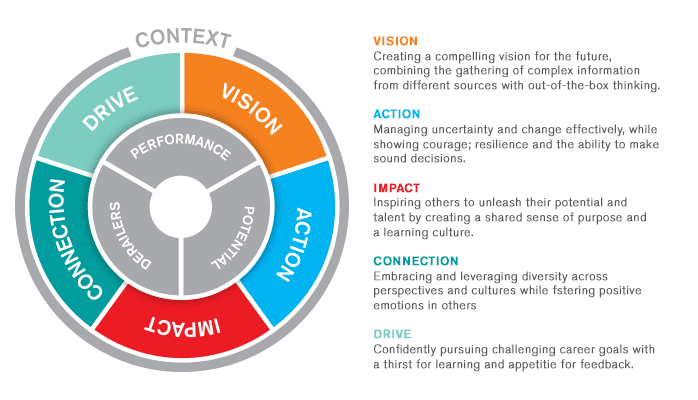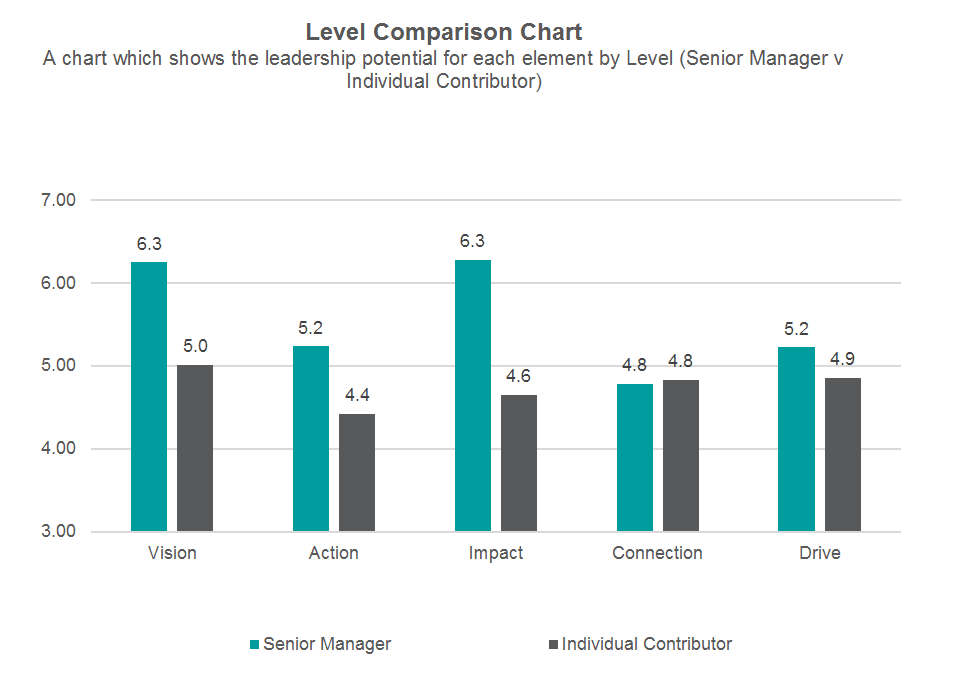Leadership: Cultivate a visionary leadership on a daily basis

How to cultivate visionary leadership on a daily basis?
‘You’ve got to think about big things while you’re doing small things, so that all the small things go in the right direction.’
– Alvin Toffler
As leaders, sometimes we can become so busy with our heads down, getting things done, that we can forget to look up and see how the world is changing around us.
In today’s volatile, uncertain, and ambiguous business environment, it’s important to use the leadership quality of vision, to gather information and make a critical assessment of whether we’re still heading in the right direction, so we can make adjustments if necessary and take advantages of opportunities in a more agile way.
Take BlackBerry for example. It was one of the most revolutionary smartphone products when it was introduced to the market by Research in Motion (RIM), whose founder Mike Lazaridis was a technology pioneer. Even from the early 1990s, he had a vision of people being ‘always connected’ via handheld devices.
RIM’s share of the global smartphone market peaked at just over 20% in 2009, but has since rapidly declined to just 0.2% in 20161. Where did it go wrong?
Among a variety of factors, the main one is that BlackBerry’s success had been based on business people using their devices primarily for emails and text messages, whereas the customer insights showed that users – even in business – liked bigger screens (without physical keyboards) for browsing the internet and social media.
RIM could have stayed true to Lazaridis’ vision while changing tactics, but initially they stuck to their focus on email and tactile keyboards and weren’t fast enough to respond to the changing consumer preferences.
What is vision?
At Hudson we define vision as ‘Creating a compelling vision for the future, combining the gathering of complex information from different sources with out-of-the-box thinking.’
It’s one of the five pillars of leadership that we’ve identified in the Hudson Leadership Model.
There are two parts to the vision equation:
- Creating a compelling vision to set the roadmap for an organisation and its people – what do we want to be and how will we get there?
-
Having the mental flexibility to get your head around complex information and data from multiple sources, and coming up with innovative ideas and solutions. Data grounds the vision in reality and enables you to measure it, test it and change it; and creativity in problem-solving is what empowers you to keep improving and innovating.
At Hudson, we have analysed data from more than 7,000 psychometric assessments undertaken by professionals around the world, and found that when it comes to vision, there is a stark difference between leaders and non-leaders. Second only to impact, the biggest gap between individual contributors and senior managers is in demonstrating vision.
Some leaders are naturally good at vision, but for others, it’s something that they need to work harder at.
Importantly, vision isn’t something that should only be left to senior leaders. Instead, we should all be striving for a little vision every day – to work more effectively, further our careers, and help move our organisations forward.
One of the main barrier individuals face to showing vision is getting caught up in the need to complete tasks and the rush to check things off the to-do list. This focus on the immediate and short-term takes away energy to focus. Think about any team sessions you’ve been to lately with a focus on change and disruption. How much was focused on breakthrough thinking, and how quickly did the meeting become operational or focused on details?
Taking vision out of the blindspot
While the overarching vision for a company is largely set at the top, it needs to trickle down and be incorporated into the fabric of an organisation, at every level. The vision should act as a point of reference and focus for everyone in the company.
Your organisation’s vision can and should act as a valuable decision-making tool that you use every day. Whenever you or your team are faced with a decision, going back to first principles can clarify what you need to do, and how to do it.
In our workshops that Hudson facilitates as part of our leadership assessments and training, we use a game-based simulation called Hotel Empire, where teams compete against one another to create the best hotel. We have found that the groups that develop a clear vision upfront are the ones that make better decisions, with less argument and debate. For example, if their vision is to have the best quality hotel to attract families, every decision is related back to this foundation, and this then dictates how they proceed.
A great example of a company that has done this well is Netflix.
Netflix started in 1997 as a DVD mail order company. It was so successful in this business that by February 2007, it had delivered its billionth DVD2. However, the DVD market was in rapid decline. Rather than carry on doing what it had always done, Netflix took heed of the market data, while staying true to its main goal: to deliver movies on demand to consumers. It began to move away from its DVD business by introducing video streaming via the internet. This enabled Netflix to expand internationally and by the end of 2015, Netflix was available in 190 countries.
Netflix’s total revenue for 2015 was nearly US$6.8 billion – with less than 10% coming from DVD memberships and more than 90% of revenue coming from video streaming, according to the company’s 2015 Q4 quarterly earnings statement.
Making vision part of every day
For individuals, developing your ability to demonstrate vision in your daily work could be one of the best things you do for your career. By using your organisation’s vision as your guiding light and demonstrating mental flexibility with your grasp of complex information, you’ll be able to make better decisions, think more creatively, be more solution-oriented, and stay motivated and focused.
If you’re in a position of developing or hiring leaders, assessing for vision can help identify those with the kind of big picture thinking and mental flexibility to help your organisation navigate a rapidly-changing world.
Influential American writer and futurist Alvin Toffler said it best: even when you’re doing the ‘small things’ of daily tasks, you need to keep your eye on the ‘big things’, the vision things, to ensure you keep heading in
the right direction.
5 ways to get more vision into your daily life
- Make it visible.Print out your organisation’s purpose or mission statement to remind yourself and your team of it every day, and align your daily agenda to this broader vision. Incorporate it into meeting agendas to ensure it is discussed and acts as a touchstone when making decisions.
-
Make it personal.As an individual contributor or manager, articulate how your role impacts and links to the company vision. What can you do to help execute it? If you manage a team, be sure to articulate how your team helps the organisation achieve the vision. Even look at creating a vision for your team, something which resonates with both their hearts and minds.
-
Be a data and information hunter.In today’s world, data rules. Actively seek out information and get your hands on all the relevant data and analytics you can. Keep up-to-date with your industry sector, and understand what’s happening in and around your business on both a macro and micro level. This data will help you make decisions and identify issues early.
-
Challenge the status quo.By keeping your mind open to the bigger picture and staying focused on your organisation’s vision, you’re in a better position to see when your team or organisation is going off track. Have the courage to challenge the status quo and come up with new approaches.
-
Experiment.It’s important to take risks, try different ways of doing things and conduct mini-experiments. Once you get the necessary approvals to test out an idea, run small experiments to find the best way forward and measure it with data. This is vision in action.
Related insights
Event: Wow
Hudson recently decentralised its activity to better serve each employer’s requirements - with one objective in mind: get the job to be done.
Wed 01 Feb, 12am
Hiring: Managing workplace culture in the time of COVID-19
Culture and engagement are critical factors in driving organisational performance, and yet they have had to be re-invented during the COVID-19 disruptions. The hip office, workplace drinks, onsite gym and days off for birthdays, plus the casual banter around the water cooler: these are all aspects of work which go into creating a cohesive and…



